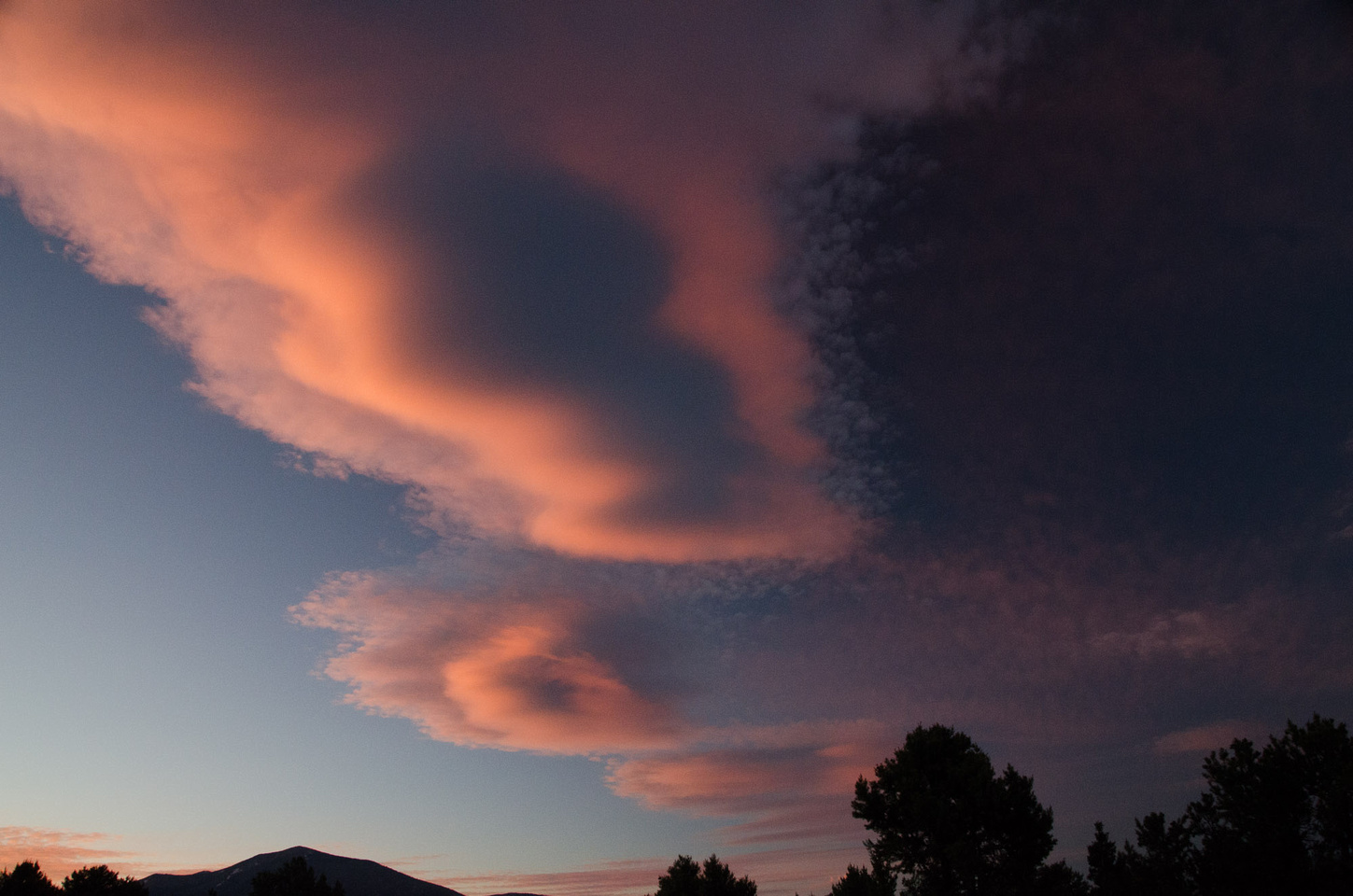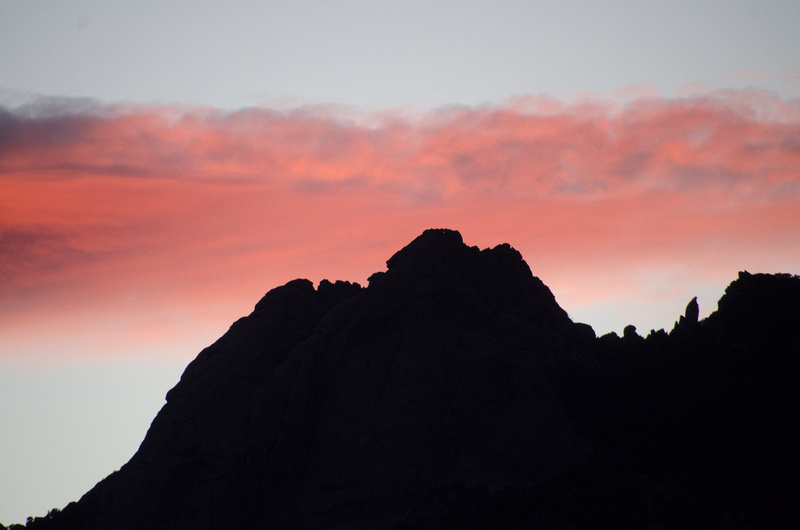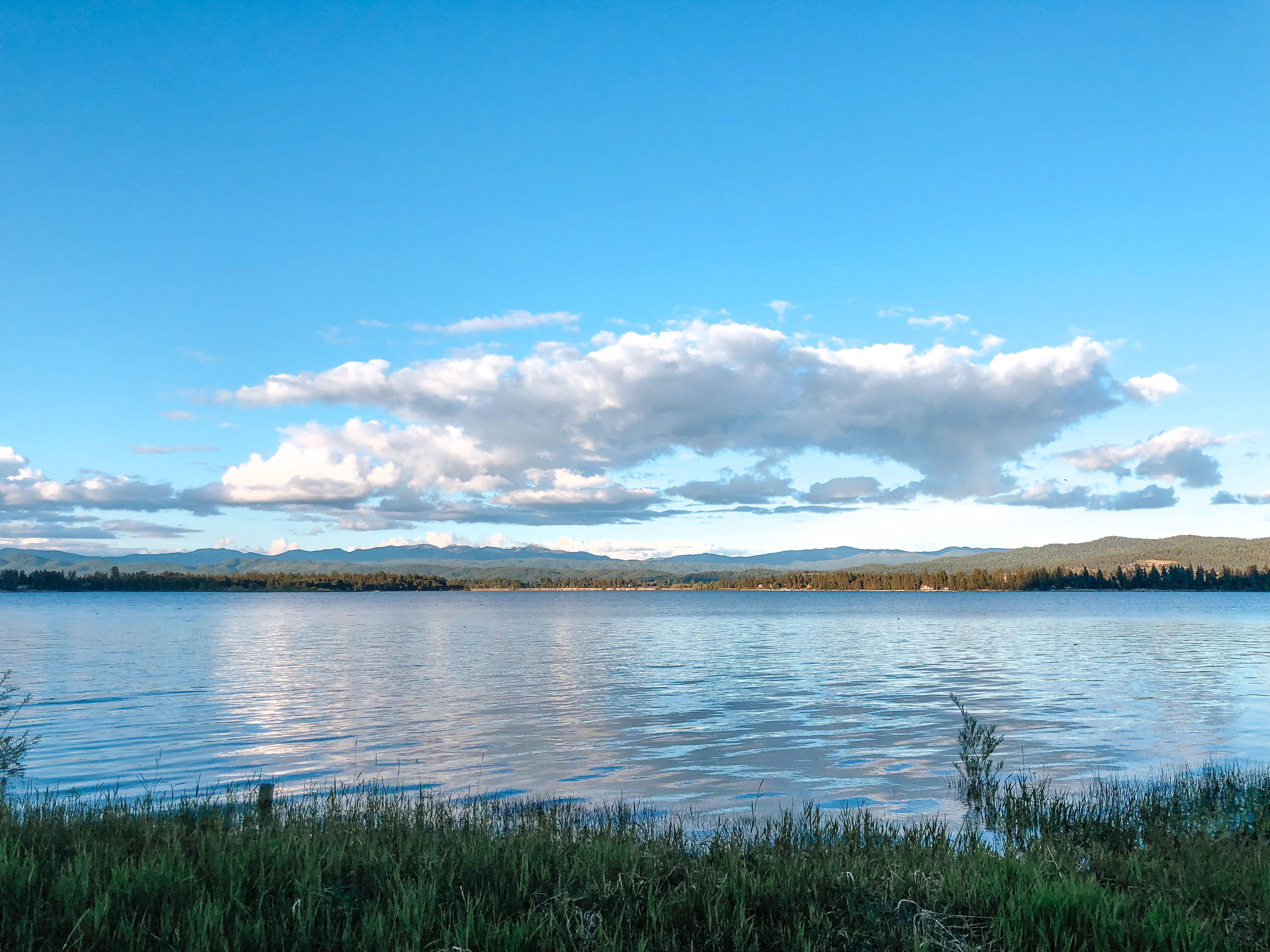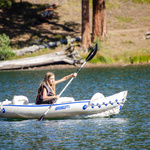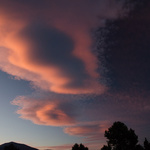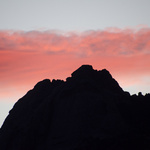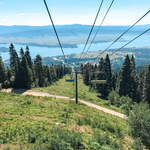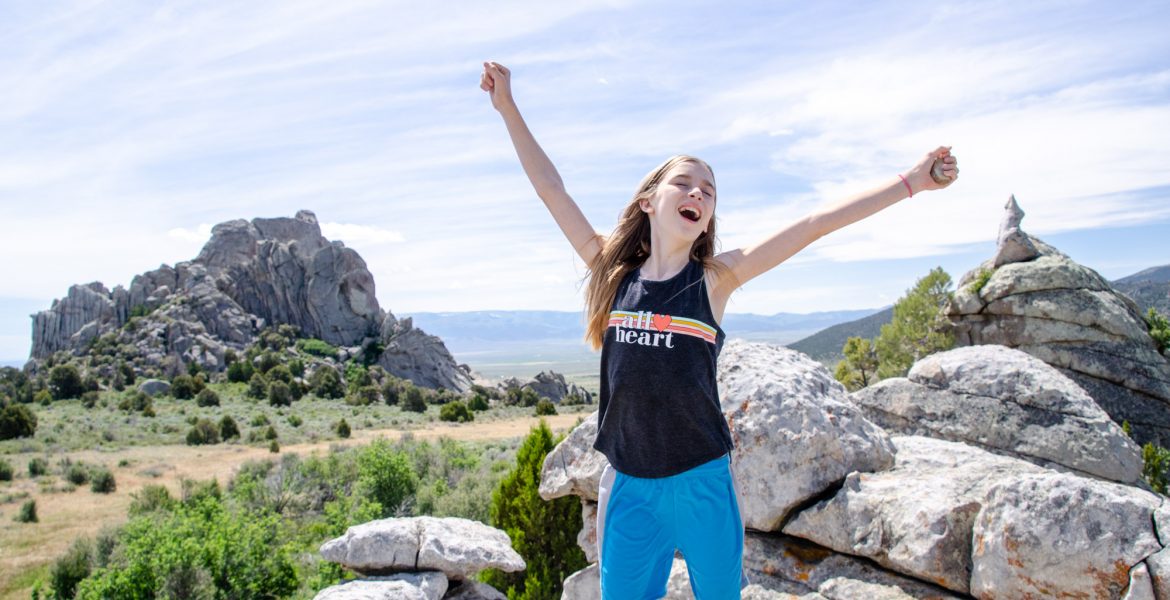
Explore the Best Hiking in Castle Rocks State Park Idaho
#PNW . Hiking . Idaho . Outdoor Recreation . TravelContents of this Post
Hike the Backyard Boulders Trail
Hiking Castle Rocks State Park Idaho
The best hiking in Castle Rocks State Park Idaho starts at the Castle Rocks Ranch Unit and the Stines Creek Picnic Area. Within the Ranch Unit, you can explore the 2-mile Backyard Boulders Loop. Or venture further into the geological complex toward Eagle Rock Grove, Shark’s Fin, and Brackenbury Gulch. Like the City of Rocks National Reserve, the Castle Rocks Ranch Unit has dozens of anchored climbing routes. Hiking paths and a network of trails connects them all. Keep reading for trail maps and our pick for the best easy day hike, the Backyard Boulders Trail.
Hiking Maps – Castle Rocks State Park Idaho
Location Map – Hiking Trails and Castle Rocks
This first hiking map shows the location of the Castle Rocks State Park Idaho Ranch Unit. The Ranch Unit sits just to the northeast of the City of Rocks National Reserve. This is also about 2 miles from the Castle Rocks Smoky Mountain Campground. Both sit at the bottom of the U-shaped City of Rocks Scenic Byway, about 45 miles South of Interstate 84.
Trail Map – Castle Rocks State Park Ranch Unit
This second trail map shows the extensive trail network throughout the Castle Rocks Ranch Unit. A long perimeter trail leads from Stines Creek Road and Picnic Area along Stines and Johnson Creeks. It peaks at 6,720′ before following Castle Rocks Creek and Almo Creek back around past the Almo Creek Wetlands.
Information about the Castle Rocks State Park Ranch Unit
Fees & Amenities
Day Use Fees & Passes
- Motor Vehicle Entry Fee: $5 per vehicle.
- Annual Idaho State Parks Pass (in-state): $10.
- Annual Idaho State Parks Pass (out-of-state): $40.
- Visit the Idaho State Parks Website for information about the annual pass and benefits of the unlimited entry passes:
- Unlimited day use access and entry into all Idaho State Parks.
- Boat launch fees included within the State Parks.
- Access to all hiking, cycling, mountain biking, and Nordic ski trials in the State Park system.
- Non-transferable and connected to your vehicle registration.
- Available for purchase from the Idaho DMV.
Ranch Unit Activities and Lodging
In addition to hiking, the Castle Rocks Ranch Unit has a variety of overnight accommodation options and a variety of outdoor recreation. For more extensive camping, lodging, and outdoor recreation information, visit our Camping Castle Rocks page.
Driving Distances to Hiking at Castle Rocks State Park Idaho
Driving from Boise
- Boise to Castle Rocks Ranch Unit: 204 miles (328 km).
- Twin Falls to Castle Rocks: 283 miles (134 km).
- Burley to Castle Rocks: 45 miles (72 km).
Driving from Salt Lake City
- Salt Lake City to Castle Rocks Ranch Unit: 163 miles (262 km).
- Distance via I-80W through Kelton: 194 miles (312 km).
Hiking at Castle Rocks – Backyard Boulders Trail
Backyard Boulders Trail Overview – Hiking Castle Rocks State Park Idaho
The relatively easy, 2-mile Backyard Boulders loop offers some of the best views of ancient geology in Castle Rocks State Park. The trail begins at the Stines Creek Picnic Area, about a half mile up Stines Creek Road from the Castle Rock Ranch and entrance to the state park. The hiking loop takes you around Castle Rock, past a large rock shelter to the Three-Pool and Backyard Boulders. It continues on to the Castle Rocks Geological Area Overlook. Finally, the path winds around to prehistoric pictographs and then back to the Stines Creek Picnic Area. While you’re exploring the main trail, you can also find side trails that lead up to Castle Rock and other formations. Hiking Castle Rocks State Park Idaho offers a hands-on experience for all skill levels and ages.
Stines Creek Picnic Area and Trailhead
The Stines Creek Picnic Area features an informational sign and a vault toilet between the start of the trail and the circular drop-off and parking area. (The few parking spaces fill up fast. But you can park closer to the Ranch Unit and walk the half mile back up to the trail). Heading south on the trail, you’ll start by crossing Stines Creek across a wooden footbridge. In the springtime, the creek water feeds the surrounding meadows. This creates a colorful scene of wildflowers and grasses in the arid high desert.
Hiking Past Big Time and Little Time Climbing Routes
After a short walk south, the trail circles west around Castle Rock. The trail passes below two popular climbing routes on the south face, Big Time and Little Time. The trail passes beneath a bit of Juniper overgrowth and alongside smaller boulders that broke off of Castle Rock at some point and found their way down. This is a great area to explore smaller boulders around the base of Castle Rock. Keep your eyes open for Rattlesnakes, though, especially around the base of the cliffs and around loose scree.
Around the South Face of Castle Rock
As you circle around from the south face of Castle Rock, the views to the north and northwest open up to mountain panoramas and even more geological formations. Enjoy layer upon layer of rock and hillside and Pinon Pine forests stretching out into the distance. More challenging routes on the west side of Castle Rock can be seen as you approach the Shock and Awe Shelter. Or continue west to the Three-Pool Boulder Complex.
Shock and Awe Shelter
Once you are directly west of Castle Rock and the Stines Creek Picnic Area, you can choose one of two directions. Continue west to the Three-Pools Boulders, or take a short spur trail to the east, back toward Castle Rock. There you’ll find a pre-historic human shelter, the Shock and Awe Shelter. This flat, protected area contained a small hearth and other artifacts dating to 660 C.E. Archaeologists suspect prehistoric inhabitants used the shelter to escape the heat of summer or cold winter winds. The shelter and surrounding foliage still provide a cool escape from summer heat today.
The Northwest Corner of Castle Rock
As you leave the Shock and Awe Shelter back toward the Three-Pool Boulders, look back to watch climbers ascend the northwest face of Castle Rock. Lower, more sheltered routes and beginning routes can be seen below the towering rock face and much more difficult climbs. Another trail loop leads from the area near the prehistoric shelter to Three-Pool and Backyard Boulders. And you can head either direction on the circular loop to find the two interesting geological features.
Three-Pool Boulders
Hiking west from Castle Rock, you’ll find the trail approaches the Three-Pool Boulders complex, a unique and isolated formation. Water sits in one of the three panholes most of the year. But we would not recommend drinking (even filtered) water from the boulder. Algae and feces from the rodents and small mammals that live around the boulders make this a pretty dirty water hole.
Honeycomb Formations
Right next to Three-Pool Boulders, you’ll find several honeycomb formations. Also known as cavernous or tafoni weathering, these hollowed out stone structures feature a unique pattern and structure. The honeycomb structure makes these rocks more delicate and fragile. Keep your distance and don’t try to climb the honeycomb.
Backyard Boulders Complex
From Three-Pool Boulders, Backyard Boulders sits directly north, located northwest of Castle Rock. After passing a few lone formations with views of Castle Rock, you’ll come to a collection of boulders that offer some easy bouldering. They also have gorgeous views back to Castle Rock to the southeast and the Sawtooth National Forest to the north.
Exploring the Backyard Boulders Complex
Once you get to Backyard Boulders, you’ll have 360-degree views and a great spot for a break or to explore the extensive formation. Several nearby formations provide an interesting area to explore, surrounded by the dry vegetation of the high desert landscape. The Backyard Boulders sit roughly equidistant from Castle Rock and the rest of the Castle Rock State Park complex to the north, with picturesque views of both.
Castle Rocks Geological Area Overlook
Once you leave the Backyard Boulders Complex, the trail cuts back to the southeast toward the main Castle Rock Complex. Here, you’ll join an old service road and eventually come to a granite shelf overlook. Cacti and other sparse vegetation surround this elevated viewing platform. From here, you can see the major geological formations in Castle Rock State Park. But you’ll also enjoy views back to the Ranch Unit and wide open plains toward Almo and beyond.
Prehistoric Pictographs
The final stop along the Backyard Boulders Trail takes you to prehistoric pictographs painted under the shelter of ancient rocks. These red markings have faded over time, but can still be seen in different areas of a large rock overhang. Wooden fencing protects the pictographs from direct contact. And interpretive signs explain more about the history and human geography of the region.
Back to the Stines Creek Picnic Area – Hiking Castle Rocks State Park Idaho
The last section of hiking trail along the Backyard Boulders Trail circles south, back to the Stines Creek Picnic Area. There are several different trails that lead directly to the picnic area at the top of the Stines Creek road. You can also connect further down toward the Ranch Unit. The views of Castle Rock and the surrounding Sawtooth National Forest and BLM land continue to change. Appreciate these last few dramatic views of rugged, rocky landscape on your way back to the trailhead.
Check Out More Mod Fam Global Idaho Travel Ideas
Planning a trip to Idaho National Parks, the City of Rocks National Reserve, or Castle Rocks State Park soon? Use our links to get discounted flights, RV rentals, and more! Our site is partly supported by affiliate partnerships; your purchases through our affiliate links help support our site and the development of even more great content!











































